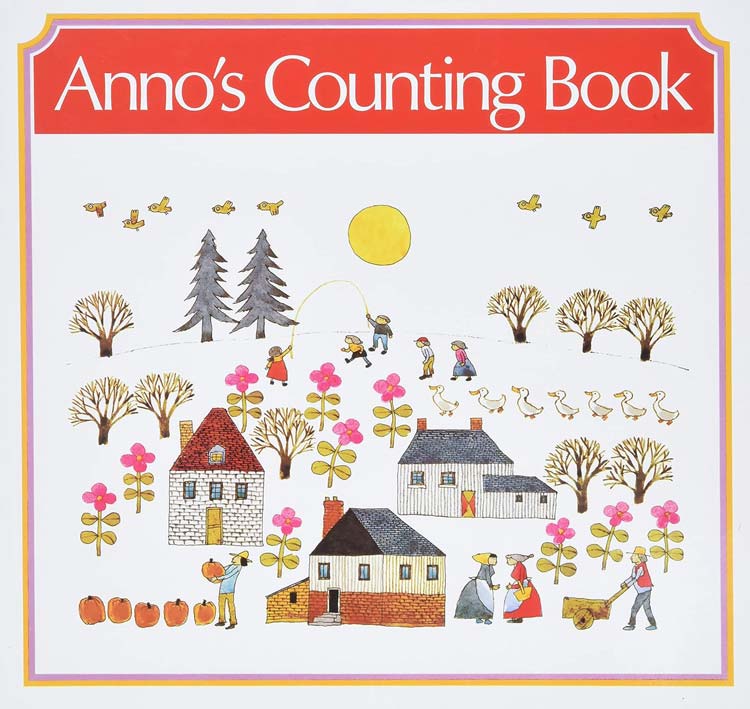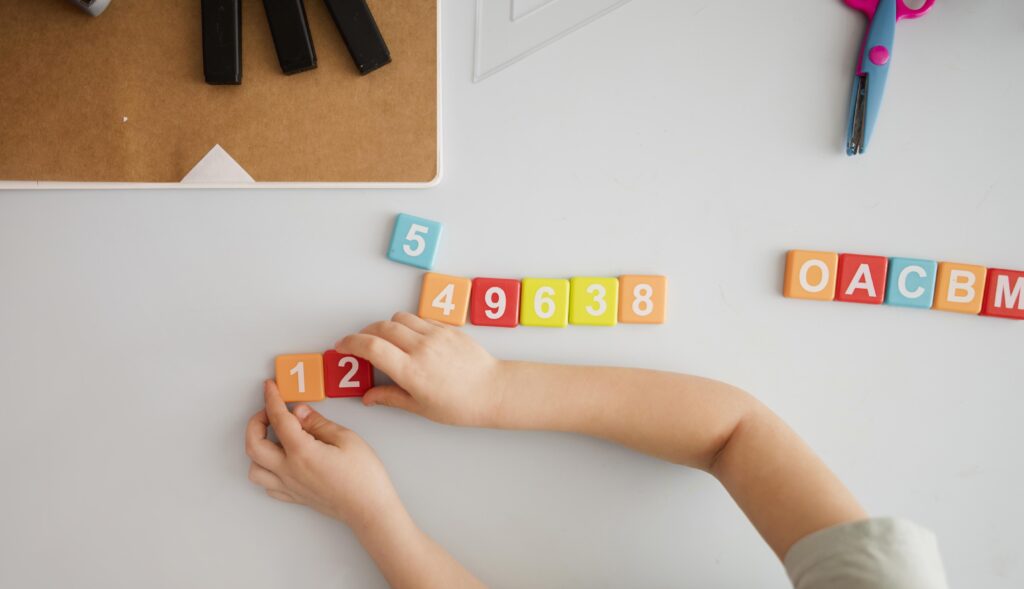A simple, beautiful introduction to math for the youngest readers
Every child is a natural mathematician, according to Mitsumasa Anno. Children are constantly comparing and classifying things and events they observe around them. As they try to bring sense and order into what they observe, they are actually performing basic mathematical feats.
With Anno’s Counting Book, the creator of the brilliantly inventive Anno’s Alphabet invites young readers on another stimulating adventure of the imagination–this time into the world of numbers and counting.
Gentle watercolor pictures show a landscape changing through the various times of day and the turning seasons, months and years, and the activities of the people and animals who come to live there. But the seemingly simple plan of the book is deceptive: look more carefully and you will see one-to-one correspondences; groups and sets; scales and tabulations; changes over time periods; and many other mathematical relationships as they occur in natural, everyday living. The reader is subtly led to see and understand the real meaning of numbers.
Look at this book and look again. Each time you do so, you will find another application of a natural mathematical concept that you had not noticed before.





